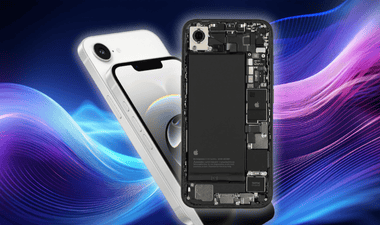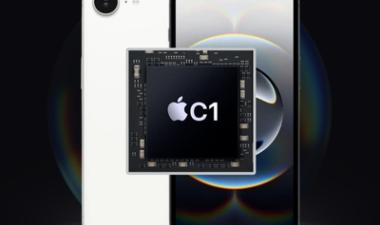Consumer Electronics Technology
Unpacking the new Apple iPhone 14 to discover what’s new in this year’s release

Stacy Wegner
Another year, another Apple iPhone. TechInsights has several ongoing Teardowns on the new iPhone 14 series models. Below are some of our initial findings.
The Apple iPhone 14 launch marks the first time Apple launched an iPhone product series with two different processors. The iPhone 14 base models have last year’s Apple A15 Bionic processor, and the more expensive 14 Pro models have the newest Apple 16 Bionic processor. The TechInsights Logic Team has the A16 Bionic in lab and has posted some initial images on the platform. They will publish a Digital Floorplan report soon.
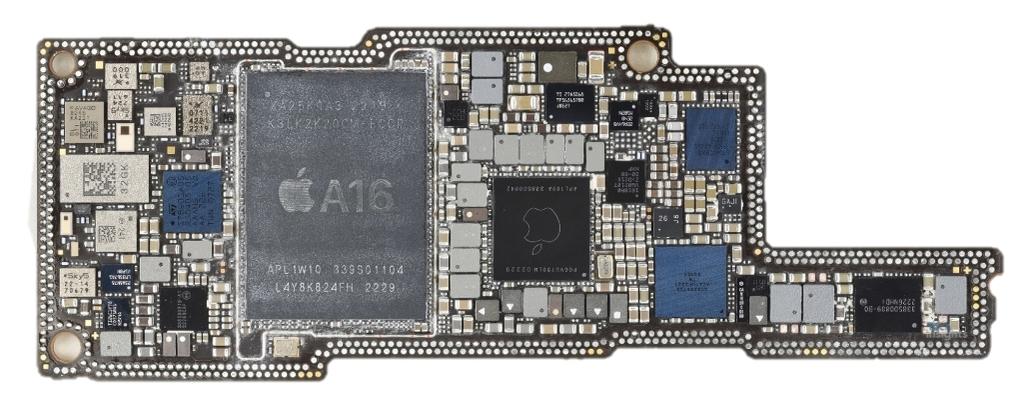
Figure 1. Apple iPhone 14 Pro A2889.
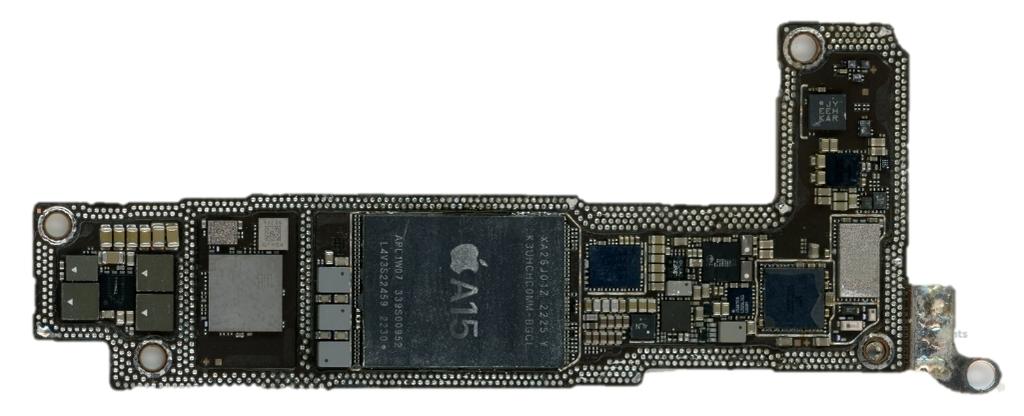
Figure 2. Apple iPhone 14 A2882.
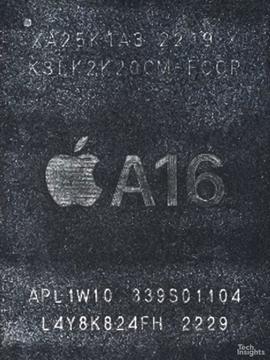
Figure 3. Apple 16 Bionic processor.

Figure 4. Apple 16 Bionic processor, die photo. (Subscribers can view a clear high-resolution image in the Platform)
The major IC differences go a little further than the processors.
Like last year’s iPhone 13 phones, the iPhone 14 with the A15 Bionic use LPDDR4x memory. The newer A16 Bionic in the iPhone 14 Pro and iPhone 14 Pro Max are supported by LPDDR5 memory. But as Daniel Yang, a technical researcher at TechInsights notes:
“The LPDDR5 memory may be new to the iPhone 14 Pro and iPhone 14 Pro Max models, but the memory dies have been on the market for two years. That’s not to say the memory dies are inferior. As we have noted in the past, Apple is never in a rush to use the latest and ‘greatest’ memory chips on the market. Their use of LPDDR5 may prove how efficient the A16 Bionic performs and that the processor does not need more than 6 GB of RAM.”
Another example of Apple’s conservative design is that none of the new iPhone 14 models support WiFi 6E. A few mobile phones on the market already support WiFi 6E, but that support comes at a cost. If you recall, we estimated the cost difference between a WiFi 6 and a WiFi 6E module can be as much as $4 per component.
iPhone 14 Pro Camera Upgrade
Apple continues to separate the iPhone 14 base models and their Pro-series in the rear camera setup. This year, the iPhone 14 Pro Max has the same camera design as last year, but the iPhone 14 Pro camera system has an upgrade.
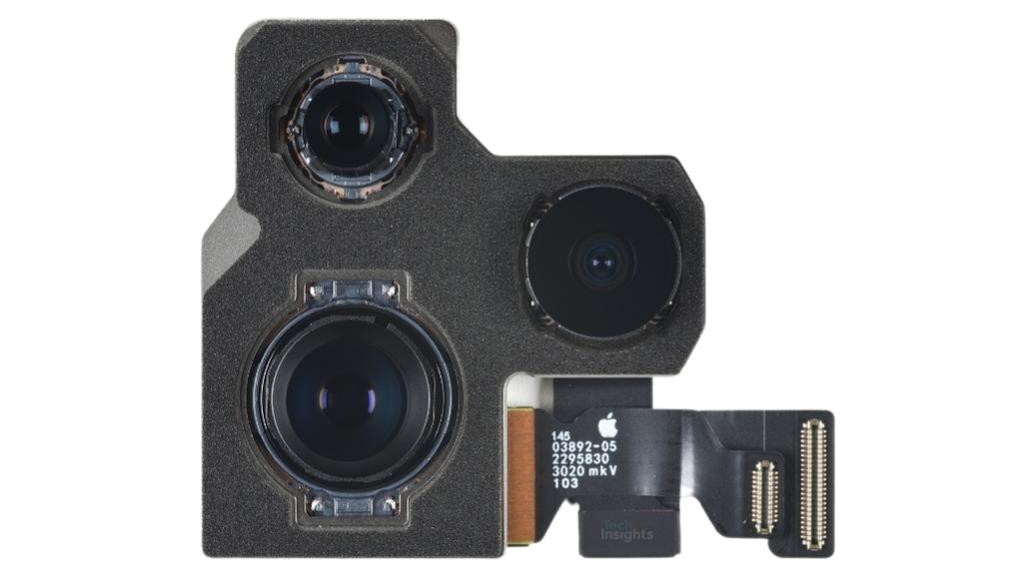
Figure 5. Apple iPhone 14 Pro rear camera.
Apple’s newest iPhone Three Camera System is ‘Cam-packed
Image Sensor Expert, Ziad Shukri’s article: “Apple’s newest iPhone Three Camera System is ‘Cam-packed,” talks about the preliminary findings and compares the old and new camera systems.
iPhone 14 Does have an Updated Design
Even though the iPhone 14 and iPhone 14 Plus have the A15 Bionic processor, this is not to say the phones have little to no changes. As a matter of fact, the A15 processor is amongst a limited number of things that did not change from last year’s iPhone 13 design. As shown below, Apple did not merely reuse the Apple iPhone 13 A15 Logic Board but redesigned the entire PCB layout.
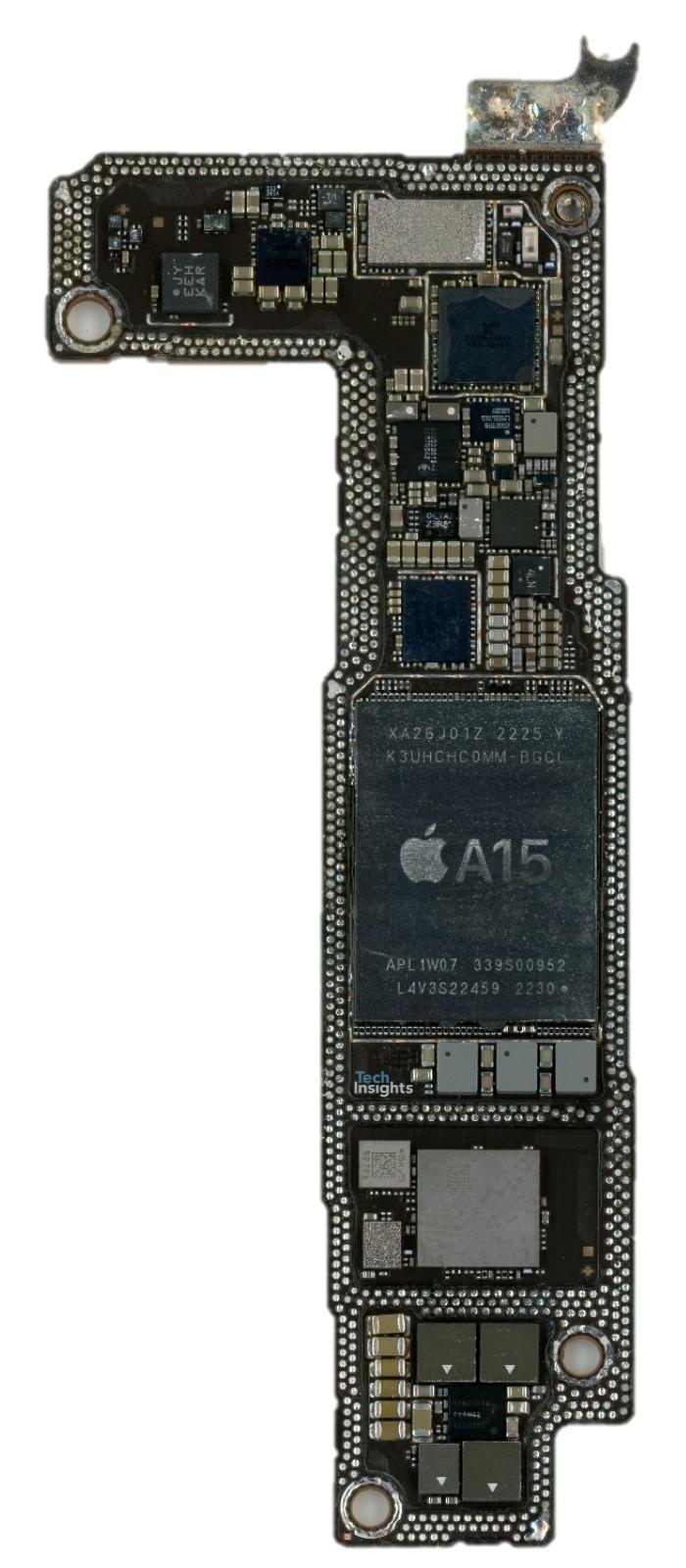
Figure 6. Apple iPhone 14 main board.
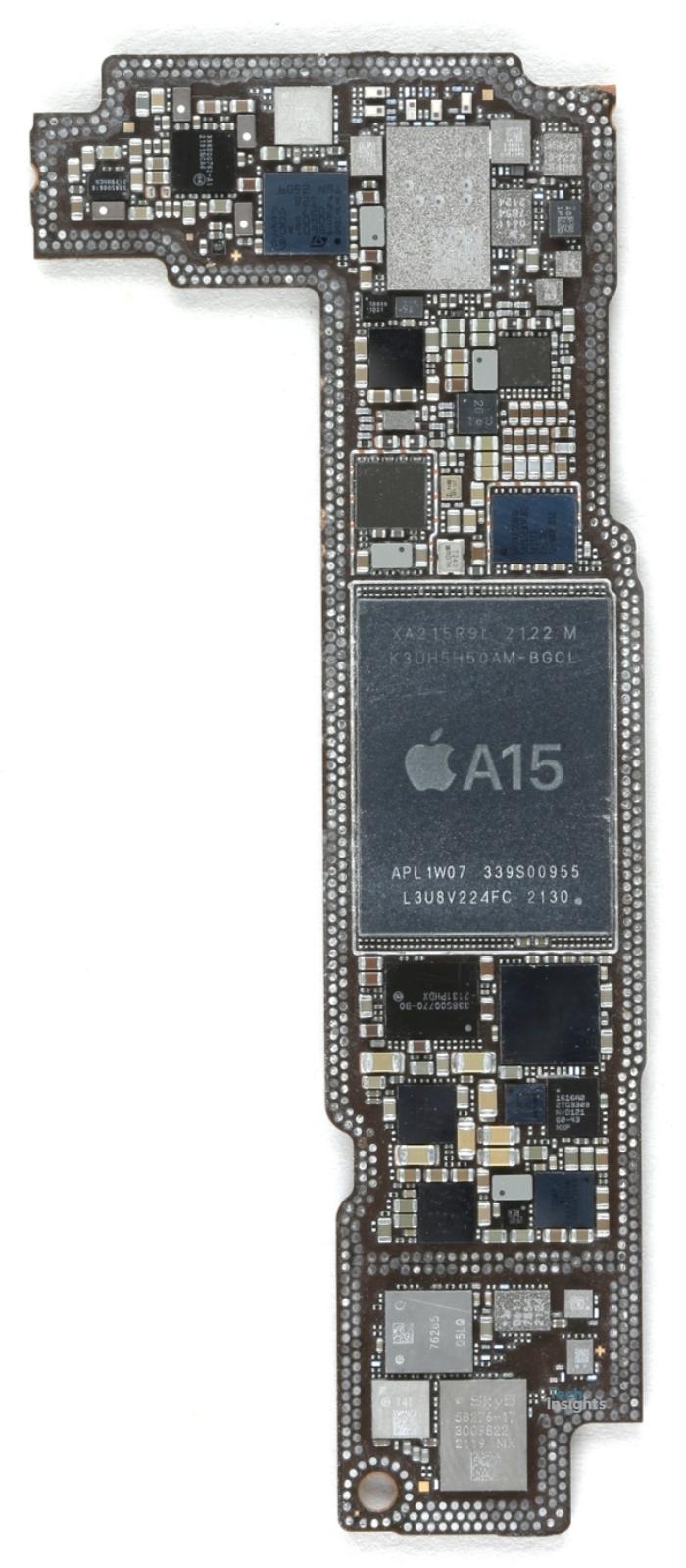
Figure 7. Apple iPhone 13 main board.
And even though there is a difference in the Bionic processors between Apple iPhone 14 base and Pro models, all new iPhone 14 models have the same new RF circuit design*.
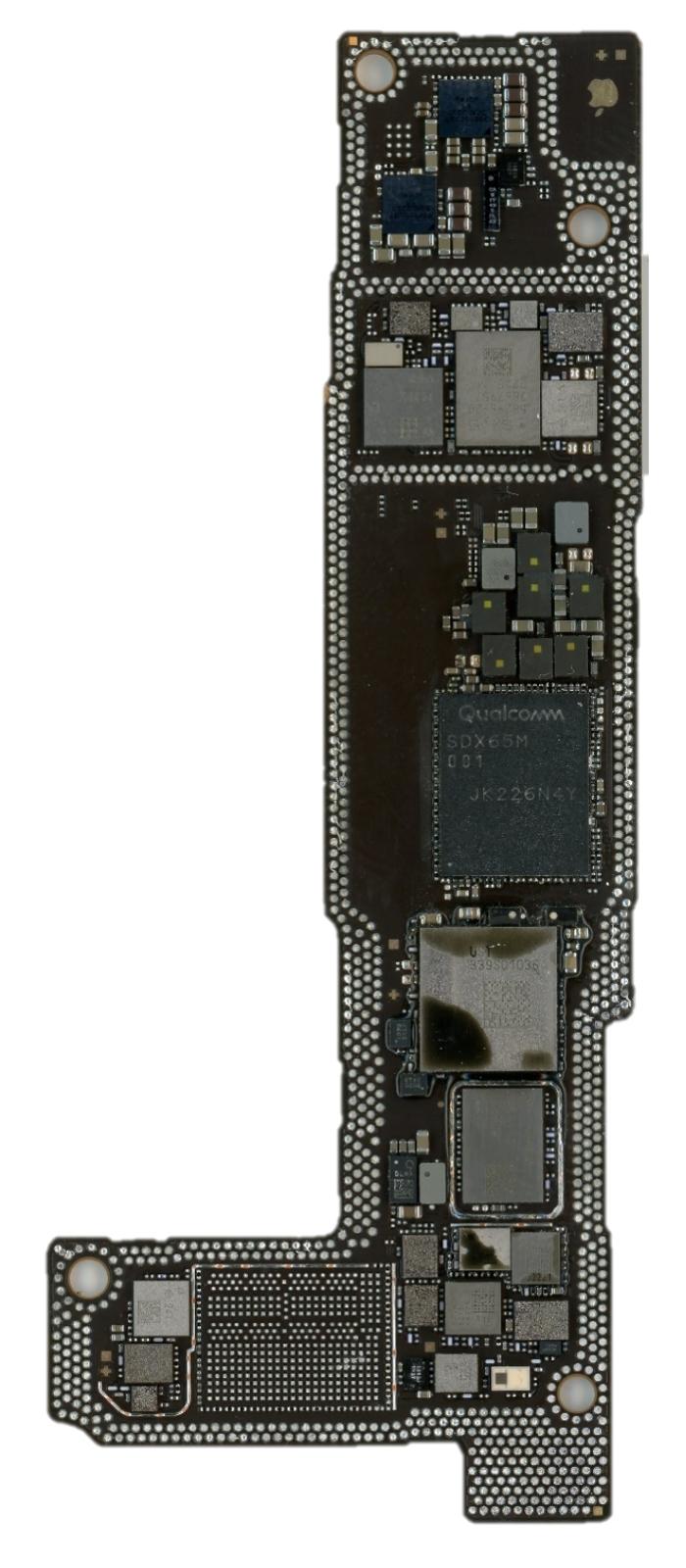
Figure 8. Apple iPhone 14 RF board.
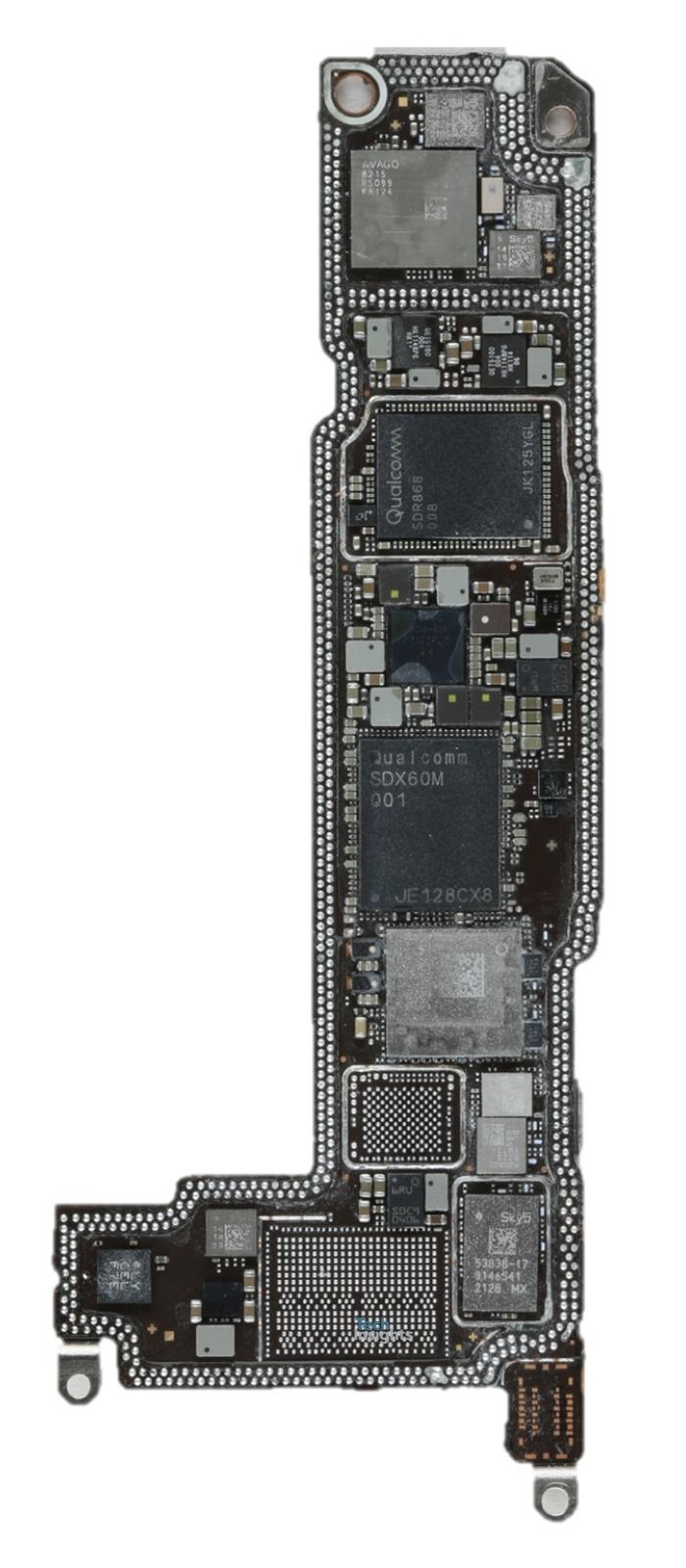
Figure 9. Apple iPhone 13 RF board.
*Differences in specific cellular band components may vary depending on the region.
For the RF design, not only did Apple move to the latest Qualcomm SDX65M modem, but also uses two SDR735 transceivers, with additional spots for the 5G FR2 components. Apple is a small group of mobile OEMs using two SDR735 transceivers in their phone designs.

Figure 10. SDR735 transceivers in phone designs.
This is not Apple's first use of the Qualcomm 5G FR1 transceiver. The Apple iPhone SE 3rd Gen was the first iPhone with an SDR735 transceiver, but the iPhone SE has only one transceiver in its RF design.
And unlike the iPhone SE, the new iPhone 14 models have Qualcomm QET7100 Wideband Envelope Trackers. The QET7100 is a two-die EPT package with multiple outputs supporting multiple 4G/5G power amplifiers. The QET7100 is also not a ‘new’ IC - identified in numerous Teardowns since the OnePlus 10 Pro.
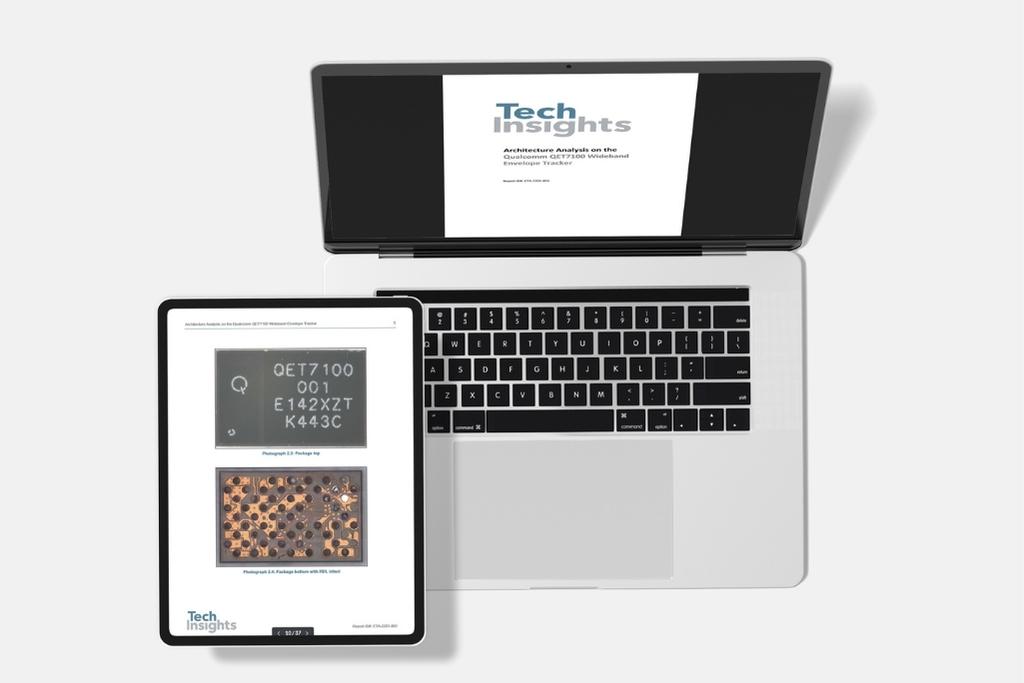
Figure 11. Qualcomm QET7100 Wideband Envelope Trackers. (Subscribers can view the Qualcomm QET7100 in the Platform)
Like the QET7100, and though many of the Apple iPhone 14 chips are new, that is not to say the components are new to the market, much less new to TechInsights. For example, the QET7100 first appeared in the Motorola Edge X30 in 2021 and is used by multiple other phones like Vivo, Nubia, and Xiaomi.
As for the Qualcomm SDR735 RF transceiver, it has been on the market even longer. TechInsights added it to the Teardown library in 2020 when we analyzed the Samsung Galaxy A42 from the US market.
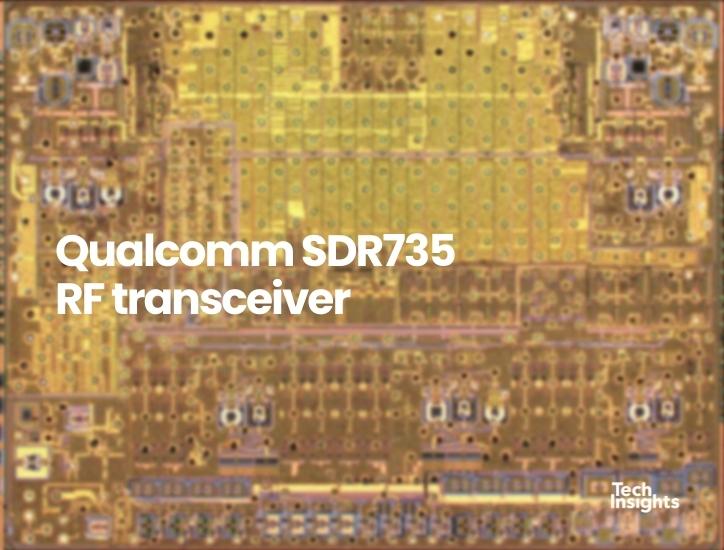
Figure 12. Qualcomm SDR735 RF transceiver, die photo. (Subscribers can view a clear high-resolution image in the Platform)
This is the first, and maybe the only time we find a mobile phone with a standalone Snapdragon X65M Modem. Other mobile OEMs use the Snapdragon 8 Gen application processors with an integrated modem.
Having a standalone modem is common in Apple iPhones. Whether that will be true in future iPhones is something only Apple knows, and the rest of the world will have to wait and see.
Mobile Satellite Service
Regarding the MSS (Mobile Satellite Service) emergency call feature, the iPhone 14 models have two frequencies (bands) for the receive and transmit functions. The receive signals operate on 2.4 GHz (S-band), while the Transmit function is on an L-band frequency. Two antenna locations in the iPhone 14 phones are identified for both MSS Tx/Rx functions.
At the time of this writing, we are still investigating the iPhone 14 components and will post the component identifications for our subscribers via the TechInsights platform.
If you are interested in learning what other components we find, please login to the TechInsights platform as we continually update our TechStream Blogs. We will update this article next week with our preliminary estimated build costs.
And finally, we will also be co-hosting a Bloomberg and TechInsights webinar in November discussing the iPhone 14 in greater detail.







